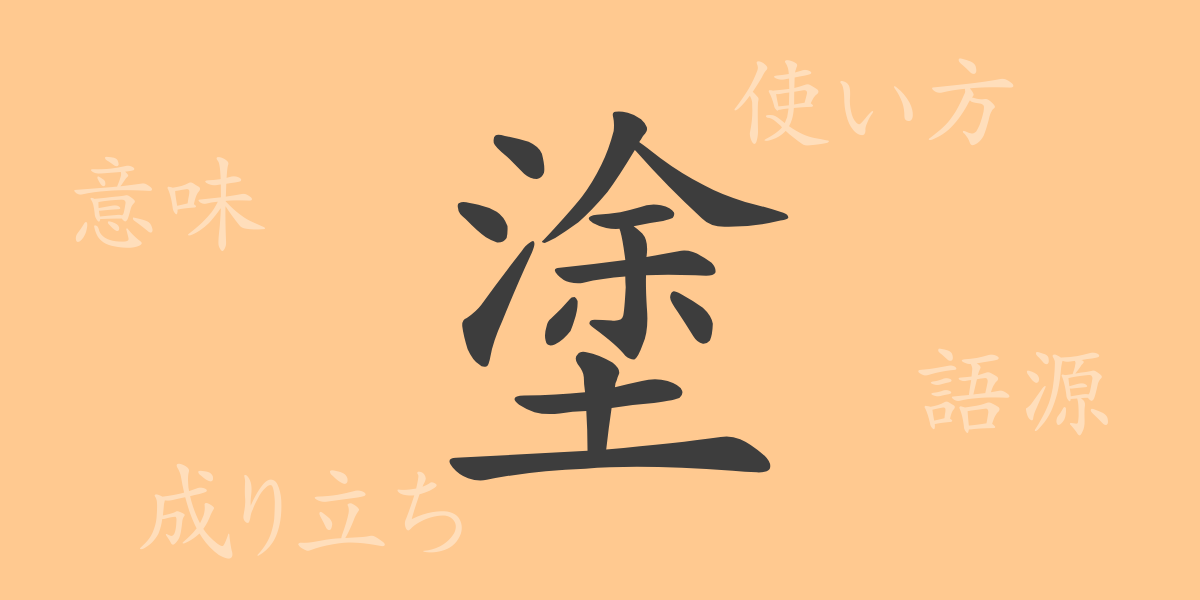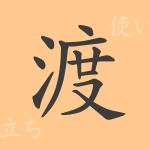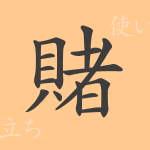The richness of the Japanese language is vividly reflected in its complex system of characters, among which kanji stand out with their diverse meanings, deeply entwined with Japanese culture and language. This article spotlights the kanji ‘塗(ト)’, exploring everything from its origins to its contemporary usage. While ‘塗’ is a familiar presence in our lives, its background harbors surprising histories and meanings.
Origins of ‘塗(ト)’
To trace the origins of the kanji ‘塗’, we must go back to ancient Chinese script. ‘塗’ originally combined ‘辶(しんにょう)’ indicating a path, with ‘涂’, meaning mud. Initially representing the action of applying mud to a path, it broadly came to denote the act of applying any substance. Over time, this character evolved into the modern ‘塗’ we use today.
Meaning and Usage of ‘塗(ト)’
The primary meaning of ‘塗’ involves spreading a substance over a surface, such as paint or oil. It is commonly used in terms like ‘塗装’ (painting) and ‘塗り替え’ (repainting), often for protection or aesthetic enhancement of objects. ‘塗’ also appears in metaphorical expressions, such as being overwhelmed by sadness, described as ‘心が塗りつぶされる’ (heart being completely covered).
Readings, Stroke Count, and Radical of ‘塗(ト)’
Understanding the readings and elements of the kanji ‘塗’ is crucial for learning Japanese.
- Readings: On’yomi ‘ト’, Kun’yomi ‘ぬ.る’ (nuru), ‘ぬ.り’ (nuri), ‘まみ.れる’ (mamireru)
- Stroke count: 13
- Radical: 土 (soil), related to ground or earth in kanji classification
Phrases, Idioms, and Proverbs Using ‘塗(ト)’
Many idioms and proverbs that include ‘塗’ enrich the Japanese language. For example, ‘一面塗り’ (one-sided painting) metaphorically describes imposing a single perspective on various matters, contrasting ‘一刀両断’ (decisive and direct action). ‘塗炭の苦しみ’ (suffering as if smeared with charcoal) denotes extreme agony or misery. The phrase ‘泥を塗る’ (to smear with mud) is used to mean causing embarrassment or ruining one’s reputation.
Conclusion on ‘塗(ト)’
The kanji ‘塗’ encompasses a wide range of uses, from literal applications of substances to metaphorical expressions. Understanding its origins and meanings enriches our expression in Japanese, expanding our linguistic choices. Through this exploration of ‘塗’, we hope you have gained insight into the depth of this character and its utility in everyday life.

























